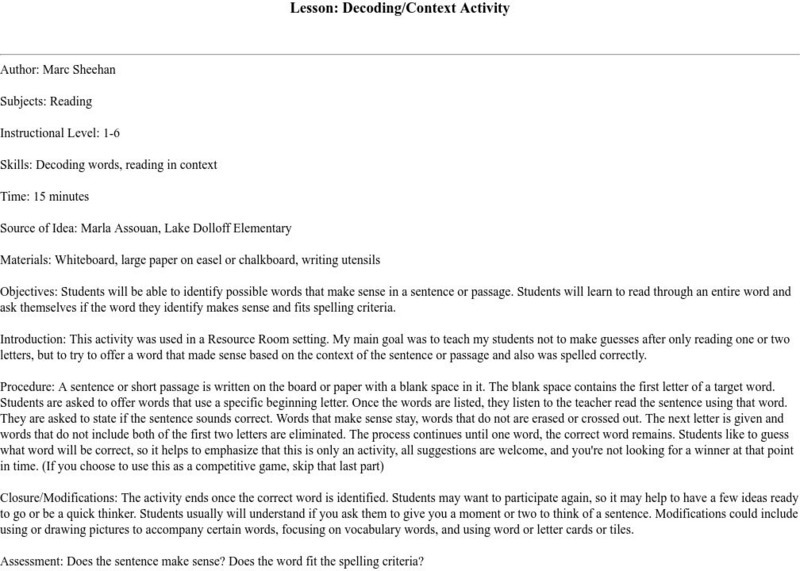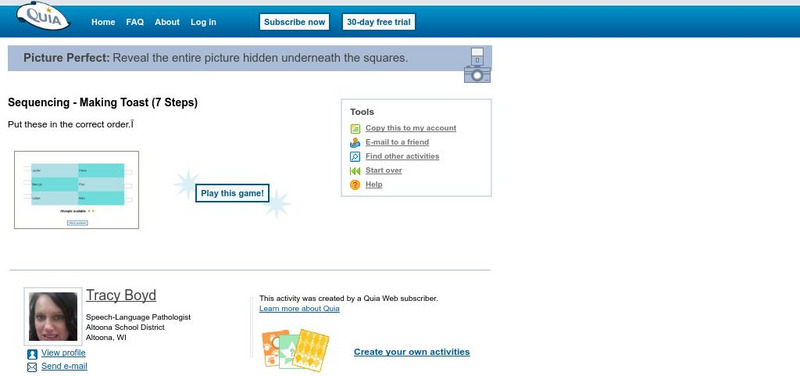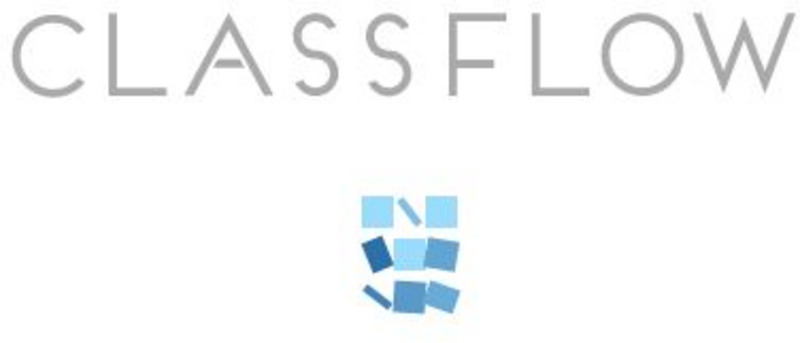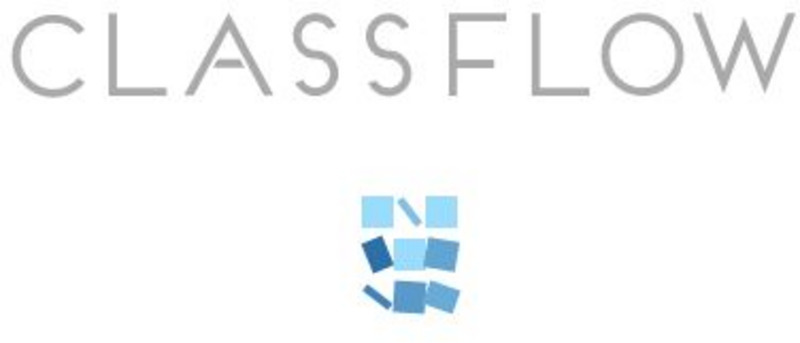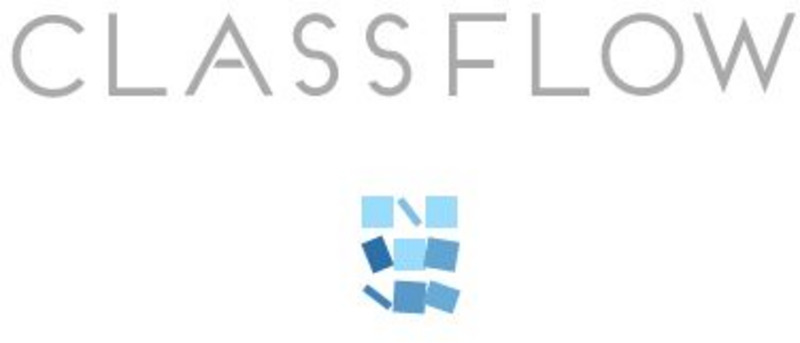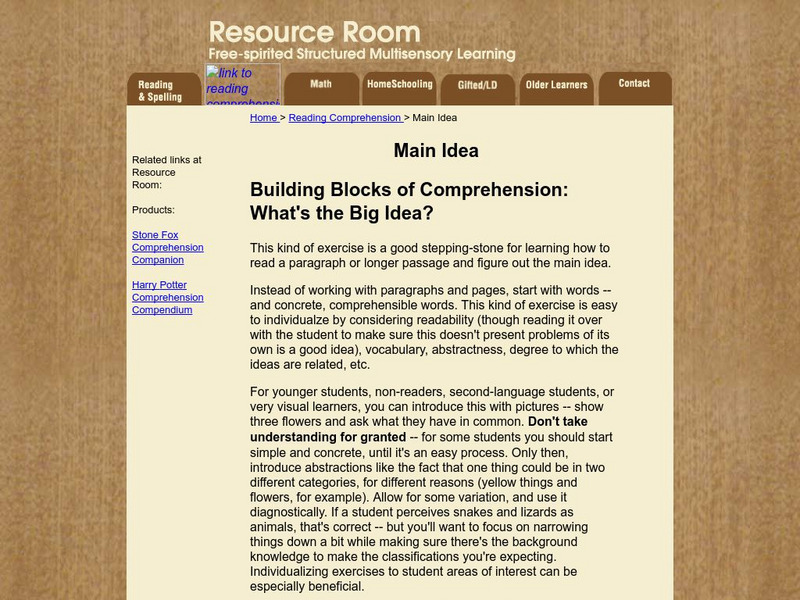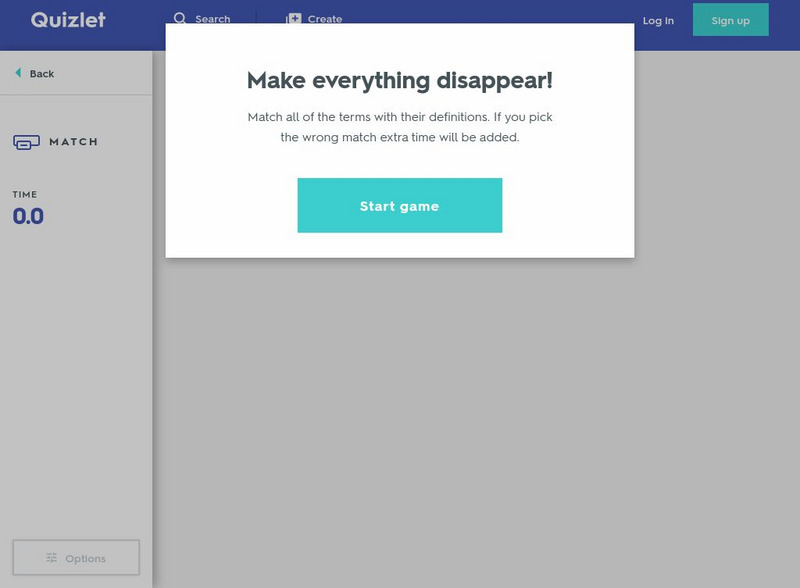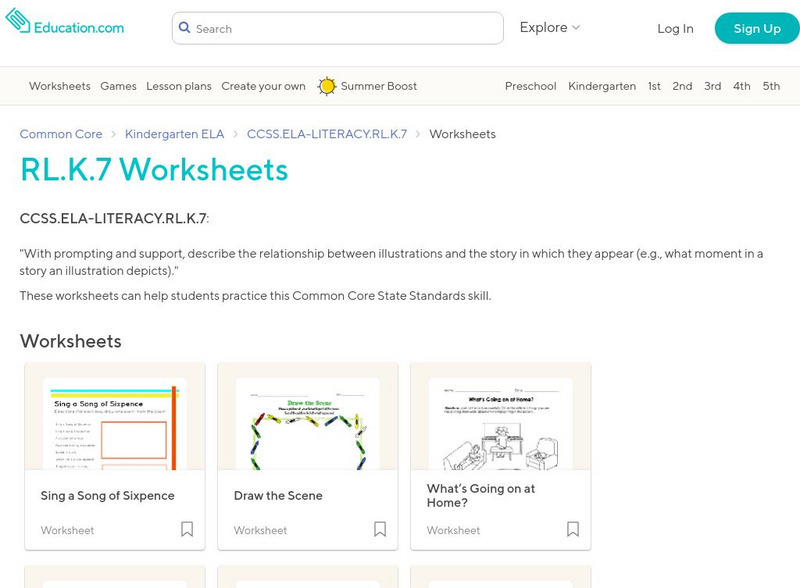PBS
Pbs Learning Media: Reading Informational Text: Grades K 1
This learning resource will show teachers how to model how to teach students to describe connections between pieces of information in a text.
Louisiana Department of Education
Louisiana Doe: Louisiana Believes: English Language Arts: Grade K: From Seed to Plant
Students gather information from a variety of texts- literary and informational- to describe the connection between people, events, ideas, and pieces of information. Students are introduced to life cycles by learning about how a plant...
PBS
Pbs: A World of Stories: The Boo Hag
North Carolina-based storyteller Donna Washington tells a scary tale from the Gullah culture about a man and his beautiful wife-who is not what she seems to be. The story explains the Gullah tradition of painting doors and windows blue...
PBS
Pbs Learning Media: Arthur: Collection
This collection foster students' interest in reading and writing, and encourage positive social skills with this collection of classroom resources from ARTHUR. Aimed at children between the ages of four and eight, these resources feature...
Scholastic
Scholastic: Teaching Tools: 6 Steps to Helping Students Set Strong Reading Goals
This site offers six steps to helping students set strong reading goals. It all starts with inspiring your students to think about who they are as readers.
Louisiana Department of Education
Louisiana Doe: Louisiana Believes: Guide for Determining Text Complexity
An educator's guide to help determine the level of text complexity.
Starfall
Starfall: Let's Be Pals
This interactive focuses on short sentences that include picture words.
Other
Lesson Plan: Decoding: Context Activity
What does it mean to decode words in a context activity? Explore this lesson plan to find the answer to this question and more.
Quia
Quia: Making Toast
This activity helps students improve their understanding of sequencing by putting seven actions in sequential order.
Enchanted Learning
Enchanted Learning: 5 W's Diagrams
Enchanted Learning provides several examples of graphic organizers that can be used for gathering Who, What, Where, When, and Why information, either for reading comprehension or prewriting. These template suggestions can only be printed...
abcteach
Abcteach: Picture Sentences
[Free Registration/Login Required] Reproducible worksheets with colorful pictures that help early readers to practice their comprehension by choosing the correct sentence.
ClassFlow
Class Flow: Retelling the Story
[Free Registration/Login Required] This flipchart helps to teach students how to retell main events from a story and sequence events.
Better Lesson
Better Lesson: Procedural Text: Recipe
A teacher created lesson plan to help students conquer how to make connections between directions in an effort to create something. This activity will have students sharing recipes and understanding why recipes should be followed in...
ClassFlow
Class Flow: Graphic Organizer Compare Contrast
[Free Registration/Login Required] This graphic organizer flipchart creates a template to help students compare and contrast ideas and objects. It can be used in many different subject areas.
ClassFlow
Class Flow: Graphic Organizer Compare Matrix
[Free Registration/Login Required] This graphic organizer uses a matrix to help students compare items or events. It is useful for helping students understand and analyze reading passages, historical events, and scientific experiments.
ClassFlow
Class Flow: Setting
[Free Registration/Login Required] This flipchart introduces setting to students using picture clues first and then using only contextual clues. Activotes are also used to check for understanding.
ClassFlow
Class Flow: Graphic Organizer Spider Graphic
[Free Registration/Login Required] This graphic organizer provides a webbing framework for students to analyze the main idea/theme and supporting details of a reading passage or historical event. A template for students to follow is given.
ClassFlow
Class Flow: Main Idea Lesson
[Free Registration/Login Required] This lesson focuses on the determining the main idea and details.
Other
Resource Room: What's the Big Idea?
This exercise can be used to help students develop understanding of main idea and supporting details. Students are given a list of words to analyze, decide the theme and write a common subject that defines the group.
ClassFlow
Class Flow: Context Clues
[Free Registration/Login Required] The flipchart focuses on context clues.
Other
Live binders.com: Reader and Task Considerations
Reader and task considerations including Cognitive Capabilities, Reading Skills, Motivation and Engagement with Task and Text, Prior Knowledge and Experience, Content and/or Theme Concerns, Complexity of Associated Tasks.
Quizlet
Quizlet: 2nd Grade: Unit 2 Reading: Main Idea: Match
In this interactive learning game, students match terms relating to the main idea with their definitions. These terms include the following: topic, topic sentence, main idea, detail, supporting details, summary, summarize, retell, infer,...
Education.com
Education.com: rl.k.7 Worksheets
[Free Registration/Login Required] Choose from a variety of worksheets that help students practice the following Common Core State Standards skill: With prompting and support, describe the relationship between illustrations and the story...
Education.com
Education.com: w.k.3 Worksheets
[Free Registration/Login Required] Choose from a variety of worksheets to reinforce the skill of writing to narrate a single event or several loosely linked events, tell about the events in the order in which they occurred, and provide a...




